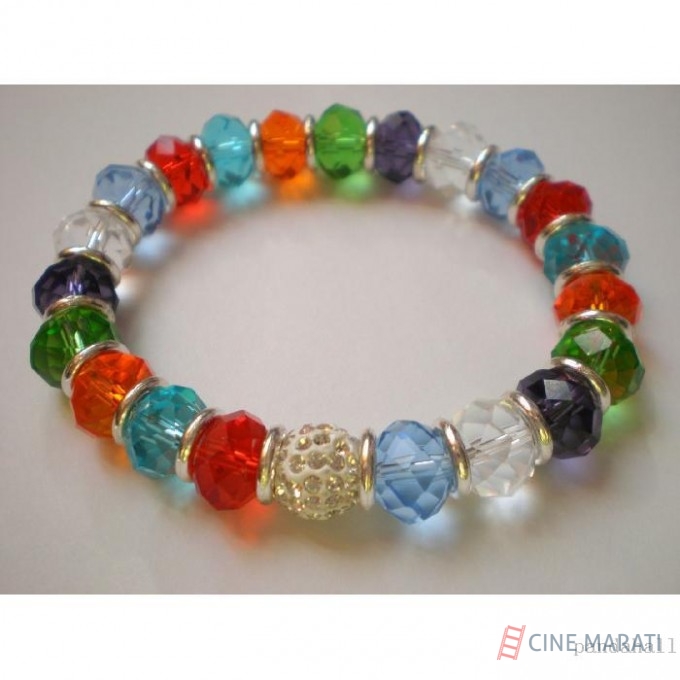Bead bracelet has been made and worn for thousands of years. Today, they would be mostly worn as fashion accessories to enhance the beauty of clothes. In certain cultures, bead bracelets have spiritual or religious significance such as rosary beads. They have also been used as items of trade. Over a span of time, these bracelets have evolved, as several materials have now been made available to be constructed them from.
History Associated with Bead Bracelet
Ancient Egyptians used to wore bead bracelets made from bones, woods and stones as well as other materials for spiritual and religious reasons. In fact, the scarab Bracelet has been one of the most recognized symbols of ancient Egypt. The scarab has been known to represent rebirth and regeneration.
The Native American Indians have been known to worn bead bracelets, which dates back to pre-historic times. Jewellery styles were different in every American Indian tribe. They used to mine turquoise and used shells to create a bracelet. They would also make use of natural metals, ivory and animal bones. Even after colonization, Native American jewellery making traditions remained strong. They began to incorporate additional modern materials such as glass beads along with more advance metal working technologies.
Highly Preferred Glass Bead Bracelets
Presently, women have taken up bead bracelet making as a hobby. You would often find bead bracelets and necklaces for sale in markets and online. Modern materials used have been plastics, crystal and glass. Glass beads have been probably quite popular with the people in the present times. Glass beads have been pressed and produced in abundance by preparing a molten batch of glass of the preferred colour. Later, the molten glass would be poured into moulds to form the desired shape. The same process would apply to plastic beads. These beads have been divided into different types of categories. It would be based on different criteria such as manufacturing process, component materials, period or place of origin, general shape or surface patterning.

